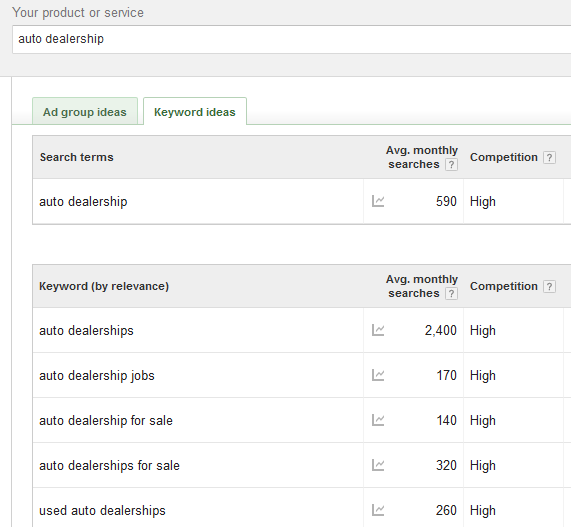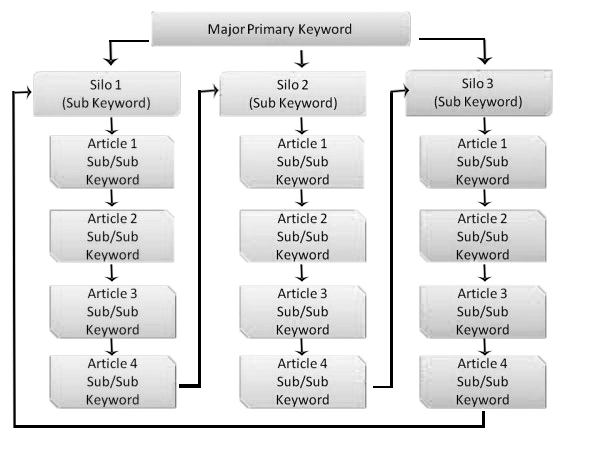The latest search engine ranking factors show the importance of having a strong link profile – it correlates with having higher rankings. But before you even think about how you can get appropriate third-party links, you’ll need to focus on the internal linking structure of the site you are optimizing. Done improperly, internal linking could prevent Google from indexing and ranking all of your pages, putting all your other optimization efforts to waste. Done properly, though, you can boost rankings on the SERPs while ensuring that Google discovers all your deep pages.
I want to share this quick step-by-step guide to the process that we follow for internal linking. Optimizing your internal link structure only takes a few steps:
1. Do keyword research and determine your priority terms.
This is especially important if your website is a few years old and you need to update your linking structure. With the help of Keyword Planner (to find new opportunities) and Google Analytics (to determine what current keywords are performing very well), you can create a new keyword map and select what terms you should prioritize. These will be your main pages.
2. Determine if you need to create new pages or rewrite existing ones.
Before you can link internal pages to each other, you’ll need to make sure their content is relevant to the keywords you select for each page. See if the keywords you selected already have dedicated pages, and don’t be afraid to add new pages if no page exists for that term. Study the existing pages as well and see if any copy needs rewriting before you can proceed with the linking process.
3. Create an organized linking structure.
Having an organized linking structure ensures that all your pages are linked together, helping Google browse, discover and index your pages easier. Decide if your website requires a flat, silo, or deep linking structure – but remember, if you are doing a deep linking structure, make sure to keep it 3-4 levels deep at most. We choose your linking structure based on the number of pages you have, the keywords you are prioritizing, and the type of website you have. A silo linking structure is usually the safest bet to begin with.
4. Cross-link related pages.
Next, you need to cross-link related pages to help both users and search engine crawlers discover your pages easier. The basic structure you created earlier helps ensure your pages are linked together – this step ensures that your links are relevant, adding more value to each page. Make sure to create a tracker that lets you know which pages are linked to what, and how many links you’ve dropped in one page already. This will help keep your linking structure clean and organized, even when you need to add new pages.
5. Direct traffic towards pages you want to highlight.
Studying your site analytics helps us determine what pages are the pages with the most conversions. Use these pages as your platform for highlighting the pages that are not receiving as much traffic as you’d like. Make sure to maintain relevancy when linking a high-converting page to another page with less traffic, or else Google will see this as simply an internal linking scheme. Some of the safest places to drop links are your homepage and your category pages, which are right up on the first level in your information architecture.
6. Create a blog.
Blog content allows you to link to internal pages without having to worry about a specific order, structure, or topic. This makes them the perfect companion to internal link building. It’s important to ensure that the pagination of your blog is easily accessible, and that your metadata is properly implemented. Adding related post plugins also helps add internal links without having you manually input the links all the time.
These basic tips should help you get started on having a better internal linking structure. Talk to your account manager today to request a site audit if you feel you need to restructure your internal linking system. Don’t forget to sign up and become our partner to get our complete host of SEO services, and we’ll be glad to send you your first website audit.






